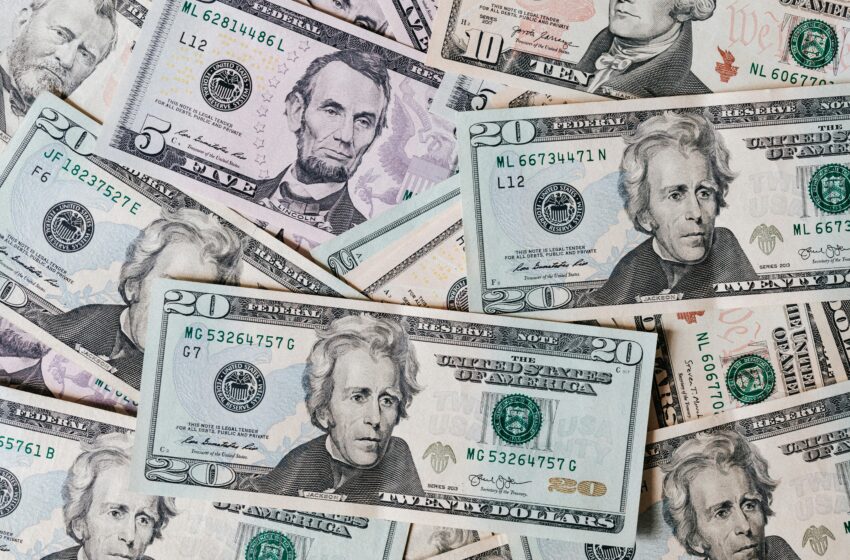
Dollar Surges Amidst Plummeting UK Inflation, Stirring Rate Cut Speculations
In a pivotal turn of events, the US dollar has asserted its dominance against the British pound following a substantial decline in UK inflation rates. The data, revealing the lowest inflation rate in over two years, has ignited speculation surrounding potential interest rate cuts by the Bank of England (BoE). Investors have swiftly factored in a rate cut by May 2024, with nearly a 50% probability of a cut by March, reshaping the currency landscape.
Vassili Serebriakov, a foreign exchange and macro strategist at UBS, noted that several banks have witnessed accelerated pricing for interest rate cuts. “I think the Bank of England was just a little bit behind because the inflation is higher, but it’s now starting to move in the same direction,” explained Serebriakov. The pound, in response, experienced a 0.5% dip against the dollar, settling at $1.26665 and hitting a 2-day low of $1.2631.
While the pound remains marginally up against the dollar for the month, the broader forex market witnessed minimal fluctuations. The dollar index, tracking the US currency against six major peers, marked a modest 0.07% gain at 102.2, signaling a potential end to its two-day losing streak.
Federal Reserve officials’ recent dismissal of the idea of rapid rate cuts in 2024, despite market expectations, contributed to a rally in financial markets. However, the US dollar faces potential pressure from month-end rebalancing by investors, as Barclays strategists suggest a strong dollar selling signal by month-end against all majors.
As the Federal Reserve maintains a dovish stance, the dollar’s decline into 2024 seems plausible. Yet, the strength in the US economy may act as a limiting factor for an extensive decline. Investors are now closely eyeing US inflation data scheduled for Friday, seeking insights into future Fed policy actions.
Simultaneously, in the Eurozone, concerns about interest rates have surfaced. Joachim Nagel, a European Central Bank policymaker, emphasized the necessity for high interest rates, cautioning traders betting on imminent cuts in borrowing costs. The euro marked a 0.09% dip, reaching $1.097.
Turning to Asia, the dollar faced a 0.17% decline against the yen, settling at 143.6. The Bank of Japan, opting to uphold its ultra-loose monetary policy, emphasized the importance of waiting for substantial evidence before considering any policy shifts. Analysts noted the BOJ’s reluctance to reverse a rate hike in the near future potentially.
Shifting gears to cryptocurrencies, bitcoin displayed resilience, gaining 4.4% and reaching $44,118, its highest since December 9. The revival of the crypto market owes itself to a series of filings for spot bitcoin and ether ETFs, including contributions from traditional finance heavyweights.
In conclusion, the global forex landscape is navigating through a dynamic phase, with the dollar’s resurgence against the pound headlining recent developments. As central banks and policymakers worldwide grapple with economic challenges, market participants are bracing for potential shifts that could define currency trends in the coming months.






